SATCAT no. 79478423 Inclination 29.5° Launch mass 5,033 kg | COSPAR ID 1975-054A1975-054D Spacecraft type 4V-1 No. 661 Period 2.1 days Landing mass 1,560 kg Start date June 14, 1975 | |
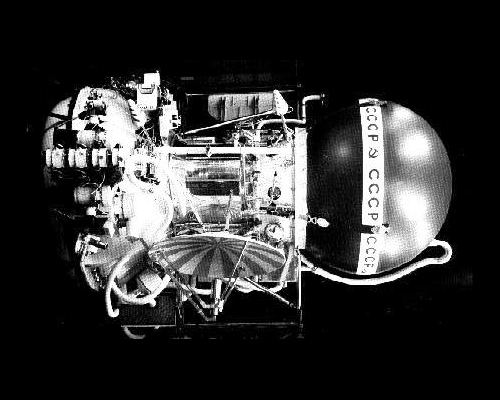 | ||
Mission duration Travel: 4 months and 9 daysLander: 65 minutes | ||
Venera 10 (Russian: Венера-10 meaning Venus 10), manufacturer's designation: 4V-1 No. 661, was a Soviet unmanned space mission to Venus. It consisted of an orbiter and a lander. It was launched on June 14, 1975 03:00:31 UTC and had a mass of 5033 kg (11096 lb).
Contents

Orbiter
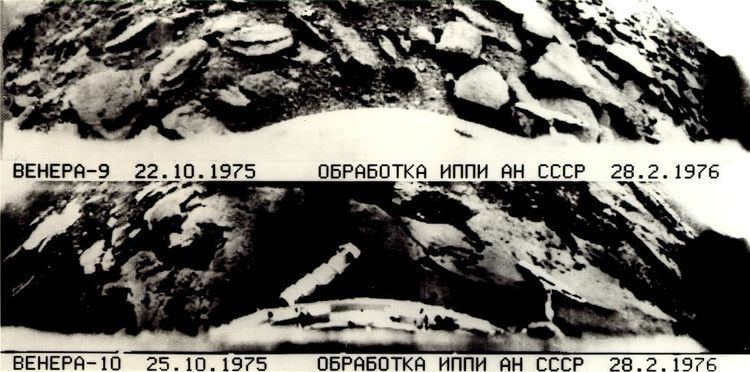
The orbiter entered Venus orbit on October 23, 1975. Its mission was to serve as a communications relay for the lander and to explore cloud layers and atmospheric parameters with several instruments and experiments:
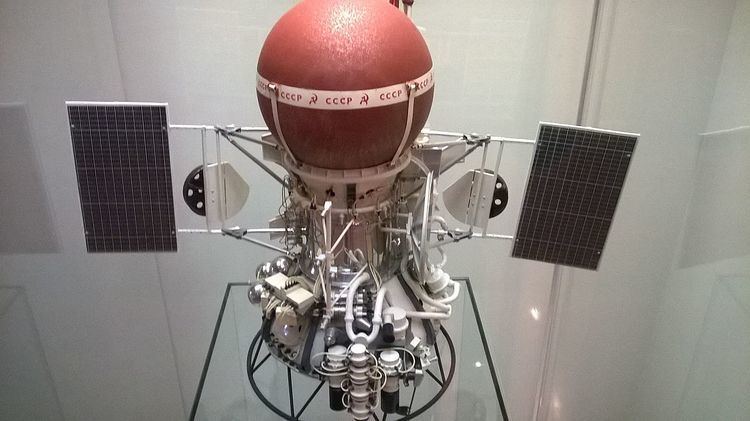
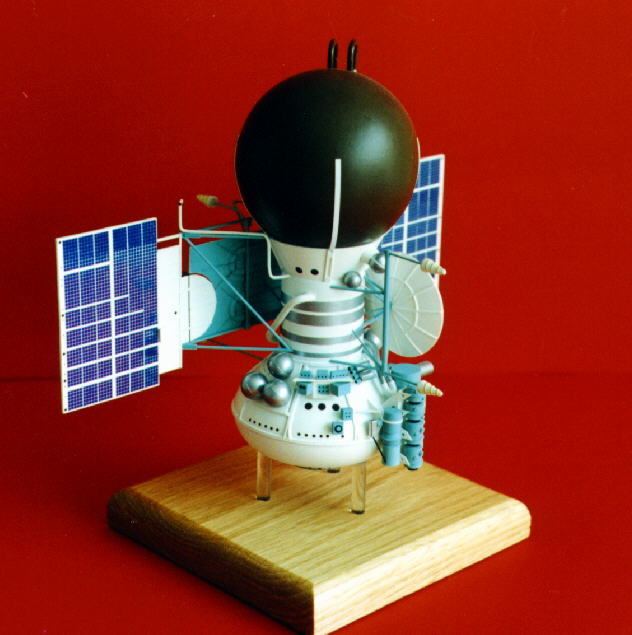
The orbiter consisted of a cylinder with two solar panel wings and a high gain parabolic antenna attached to the curved surface. A bell-shaped unit holding propulsion systems was attached to the bottom of the cylinder, and mounted on top was a 2.4 meter sphere which held the landers.
Lander
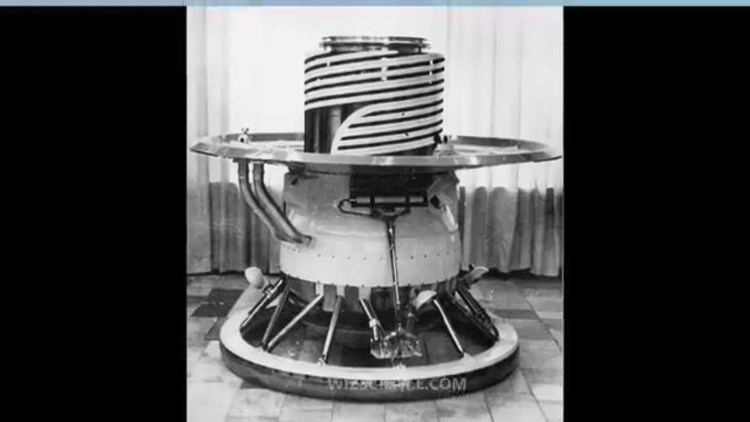
On October 23, 1975, this spacecraft was separated from the Orbiter, and landing was made with the sun near zenith, at 0517 UT, on October 25. A system of circulating fluid was used to distribute the heat load. This system, plus precooling prior to entry, permitted operation of the spacecraft for 65 min after landing. During descent, heat dissipation and deceleration were accomplished sequentially by protective hemispheric shells, three parachutes, a disk-shaped drag brake, and a compressible, metal, doughnut-shaped, landing cushion.
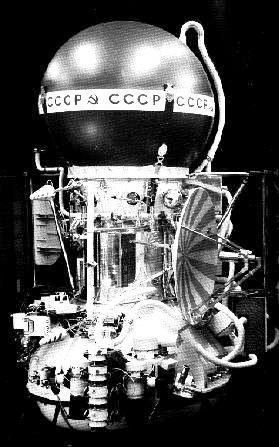
It landed near the border area between Beta Regio and Hyndla Regio (within a 150 km radius of 15.42°N 291.51°E / 15.42; 291.51), three days after the touchdown of, and 2200 km from Venera 9. Venera 10 measured a surface windspeed of 3.5 m/s. Other measurements included atmospheric pressure at various heights, and temperature, and surface light levels. Venera 10 was the second probe to send back black and white television pictures from the Venusian surface (after Venera 9). Venera 10 photographs showed lava rocks of pancake shape with lava or other weathered rocks in between. Planned 360 degree panoramic pictures could not be taken because, as with Venera 9, one of two camera lens covers failed to come off, limiting pictures to 180 degrees.
The lander communicated with Earth using the Venera 10 orbiter as a communication relay.
Lander Payload:
